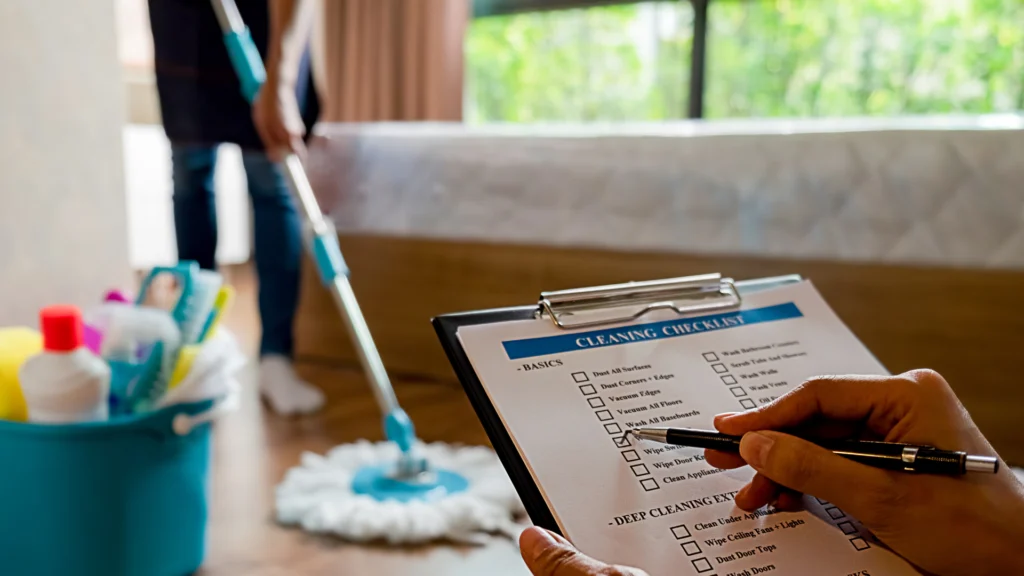Ensuring the right humidity level in your home is crucial for comfort and health. So, what should the humidity in my house be? Humidity levels can affect everything from air quality to the very structure of your home. Let’s dive into the ideal humidity settings, why they matter, and how to achieve them.

Understanding Humidity
Humidity is the amount of water vapor in the air. It can be measured using relative humidity, which is the percentage of moisture in the air relative to the maximum amount of moisture the air can hold at a given temperature.
Why Humidity Levels are Important
Too much or too little humidity can lead to problems. High humidity can cause mold growth and condensation, while low humidity can lead to dry skin and respiratory issues.

Ideal Humidity Levels for Your Home
The ideal humidity level for a home is around 30-50%. This range is generally comfortable for most people and helps protect home structures.
How Seasonal Changes Affect Humidity
During summer, humidity levels can rise, requiring the use of air conditioners or dehumidifiers. In winter, heating systems tend to dry out the air, so a humidifier might be needed.

Health Impacts of Improper Humidity Levels
Keeping the right humidity level can prevent various health issues like allergies, asthma, and skin conditions. It can also help avoid structural problems like condensation and mold growth.
Humidity and Comfort
Comfort is subjective, but maintaining optimal humidity can significantly improve how cozy and pleasant your home feels.
Signs of Incorrect Humidity Levels
Signs of high humidity include condensation on windows, musty smells, and mold growth. Signs of low humidity include dry skin, respiratory discomfort, and static electricity.
How to Measure Humidity
Use a hygrometer to measure your home’s humidity level. These devices are affordable and can be found at most hardware stores.
Using Technology to Control Humidity
Smart home devices like humidifiers and dehumidifiers can be integrated with home automation systems to maintain optimal humidity levels efficiently.
Manual Control Methods
Simple methods like using exhaust fans, sealing leaks, and using houseplants can also help control humidity levels.
Dehumidifiers and Humidifiers
Both devices are essential tools for maintaining proper humidity levels. A good dehumidifier can help in humid conditions, while a quality humidifier is useful in dry climates.
Choosing the Right Devices
Select devices that suit your home’s size and specific needs. Look for energy-efficient options for cost savings and environmental benefits.
Common Problems and Solutions
High humidity can lead to issues like mold and dust mites. Solutions include improving ventilation and using a dehumidifier. Low humidity can cause dry skin and respiratory issues. Solutions include using a humidifier and adding houseplants.
DIY Tips for Maintaining Ideal Humidity
Simple tips include using fans, improving insulation, and monitoring humidity levels regularly.
Future Trends in Home Humidity Control
Advancements in smart home technology and automation will make managing home humidity levels easier and more precise in the future.
FAQs
What is the ideal humidity level for a home?
The ideal humidity level for a home is between 30-50%.
How do I measure humidity in my home?
Use a hygrometer, an affordable device available at most hardware stores.
What are the effects of high humidity?
High humidity can lead to mold growth, musty smells, and condensation issues.
For further readings, visit Forbes on Humidity Control.
Check out our guides on building materials, land development, and LEED certification for more insights.
As an Amazon Associate, I earn from qualifying purchases.



